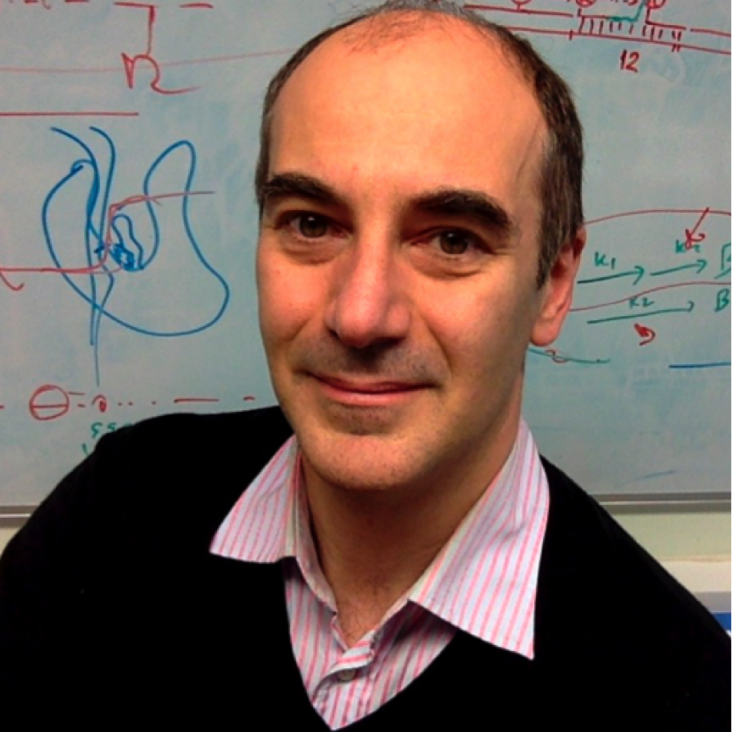Tracking antibiotic mechanisms.
Nature reviews. Microbiology 17:4 (2019) 201-201
Single Nitrogen-Vacancy Imaging in Nanodiamonds for Multimodal Sensing
Biophysical Journal Elsevier 116:3 (2019) 174a
Guidelines for DNA recombination and repair studies: Mechanistic assays of DNA repair processes.
Microbial cell (Graz, Austria) 6:1 (2019) 65-101
Abstract:
Genomes are constantly in flux, undergoing changes due to recombination, repair and mutagenesis. In vivo, many of such changes are studies using reporters for specific types of changes, or through cytological studies that detect changes at the single-cell level. Single molecule assays, which are reviewed here, can detect transient intermediates and dynamics of events. Biochemical assays allow detailed investigation of the DNA and protein activities of each step in a repair, recombination or mutagenesis event. Each type of assay is a powerful tool but each comes with its particular advantages and limitations. Here the most commonly used assays are reviewed, discussed, and presented as the guidelines for future studies.Tightly Regulated, yet Flexible and Ultrasensitive, 2 Directional Switching Mechanism of a Rotary Motor
(2019)
Publisher Correction: Precision and accuracy of single-molecule FRET measurements-a multi-laboratory benchmark study.
Nature methods Springer Nature America, Inc (2018)


